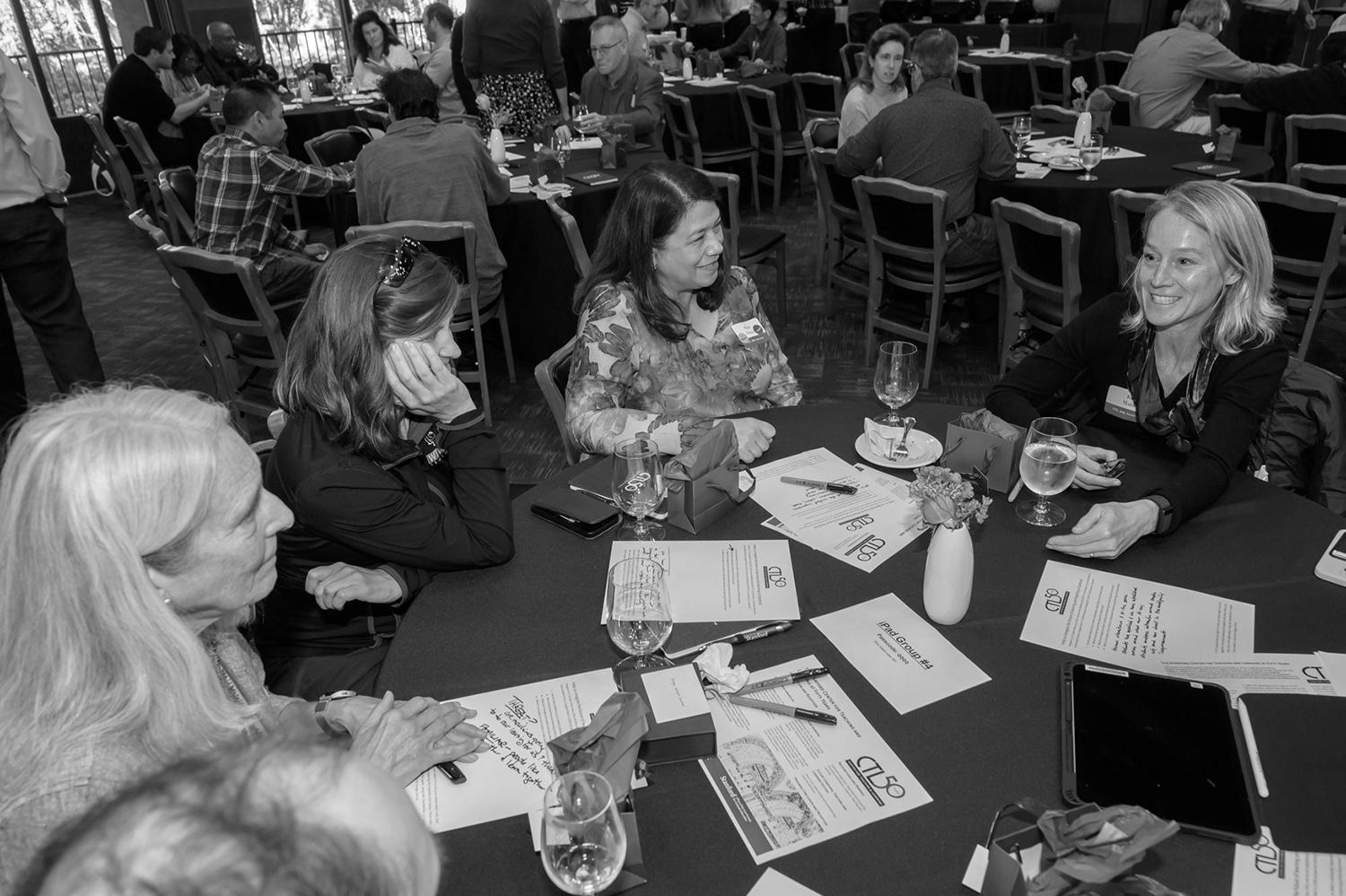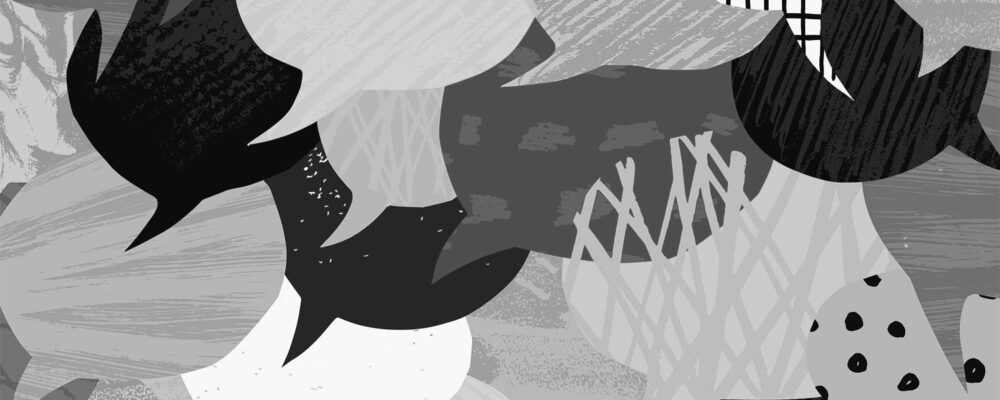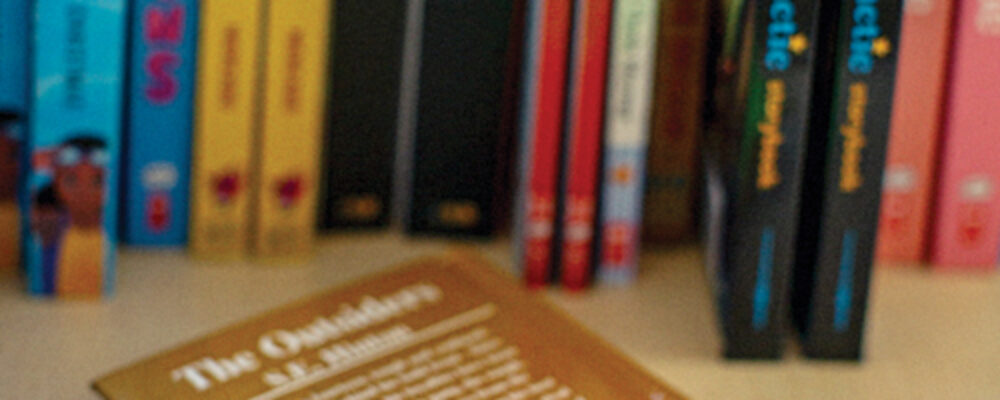From the very beginning of her time at Stanford in 1986, the Center for Teaching and Learning played an important role in engineering Professor Sheri Sheppard’s work. “I could immediately see it was a place where one could go and talk about teaching and approaches to teaching, and how you measure effectiveness in learning,” she said in a video documenting the center’s history. When she became involved in national efforts to advance engineering education, Sheppard said, “CTL was a natural partner” in getting research on the science of learning into the hands of educators.
50 years of teaching and learning
For 50 years, the Stanford Center for Teaching and Learning (CTL) has been a hub of support for instructors and students at Stanford. Established in 1975 through a Danforth Foundation grant as part of a broader effort to improve instruction across colleges and universities, the center’s focus in its early days was developing and implementing training for teaching assistants.
In 1979, at the Faculty Senate’s recommendation, the center began offering instructional support to faculty. And in 1984, CTL expanded its offerings to include resources for students, becoming one of the first university teaching and learning centers to work directly with both instructors and students.
Empowering educators, engaging students
Today, the center supports Stanford’s teaching mission through a slate of evidence-based programs and services that enhance learning and instructional practices across campus.
At the heart of Stanford’s remarkable legacy of innovation, says CTL director Cassandra Volpe Horii, is a willingness to push the boundaries of human knowledge and ability. “Discoveries don’t occur without going right to the edge of the known and beyond, into deeply uncertain and uncomfortable territory,” she said. “A lot of CTL’s work is about making that feeling of not-knowing bearable, navigable, and productive. We’re honored to help students, instructors, and TAs create spaces for discovery, where they can experience the dissonance of not having fully grasped new ideas and skills and then move through that phase toward proficiency, and ultimately, creativity.”
On Oct. 16 at the Stanford Faculty Club, faculty, staff, students, and alumni gathered to celebrate the center’s 50th anniversary. Freeman-Thornton Vice Provost for Undergraduate Education Jay Hamilton reflected on the work of the center. “The Center for Teaching and Learning invests time, expertise, and resources year-round to help Stanford instructors approach unique teaching challenges and fashion effective, sustainable solutions,” he said. “I’m delighted to have the opportunity to pay tribute to the center’s essential work during such a remarkable milestone year.”
Attendees at an Oct. 16 event at the Stanford Faculty Club to celebrate CTL’s 50th anniversary. | Steve Castillo
Kenneth Goodson, vice provost for graduate education, said CTL’s joint placement within the offices of the vice provosts for undergraduate education and graduate education, established in 2020, is foundational to the impact the center has on learning throughout Stanford’s seven schools. “As a teacher and mentor and in my administrative roles, I’ve faced a number of major challenges for which CTL was the answer and the route forward,” he said.
The center’s programs for faculty focus on evidence-based, practical approaches to student learning and engagement; they range from individual consultations to home in on the instructor’s goals and their specific courses, to visiting classes for observations and to get feedback from students, to in-depth institutes and workshops with cohorts of peers. In recent years, the center has developed programs to help departments redesign courses and curricula to make them more accessible and inclusive as part of Leveling the Learning Landscape.
For undergraduate and graduate students, the center offers course-specific and subject matter tutoring, academic coaching, language conversation practice, and a variety of other resources, including academic skills workshops and support for students with ADHD and other learning differences.
Supporting the use of digital tools for teaching and learning has been a core focus of CTL since the 1990s, when email and desktop computers were widely adopted. Today, through its Academic Technology Solutions Lab, the center helps faculty, instructors, and TAs use platforms and systems – from tablets, hardware, and grading software to discussion forums and interactive polling – to enhance teaching and learning. The center also responds to emerging needs, such as moving instruction online during the COVID-19 pandemic, and offering guidance for generative AI in the classroom.
Imagining the future of teaching and learning
At the end of the anniversary celebration, attendees were invited to envision the future of teaching and learning at Stanford. Working in small groups, they cast their imaginations forward 10 years, 20 years, and beyond, capturing their visions on a collaborative idea board. On the ‘hopes and dreams’ list? Educational pathways designed for lifelong learning, a community of instructors learning together, and “curiosity at the center of how we teach and learn at Stanford.”
For more information
Jay Hamilton is the Freeman-Thornton Vice Provost for Undergraduate Education.
Kenneth Goodson is the vice provost for graduate education and postdoctoral affairs, the Davies Family Provostial Professor, and professor, by courtesy, of materials science and engineering.
Sheri Sheppard is the Richard W. Weiland Professor in the School of Engineering, emerita.
Writer
Andrei Baltakmens
Campus unit
Related topics
Share this story
“Stanford University, officially Leland Stanford Junior University, is a private research university in Stanford, California. The campus occupies 8,180 acres, among the largest in the United States, and enrols over 17,000 students.”
Please visit the firm link to site






